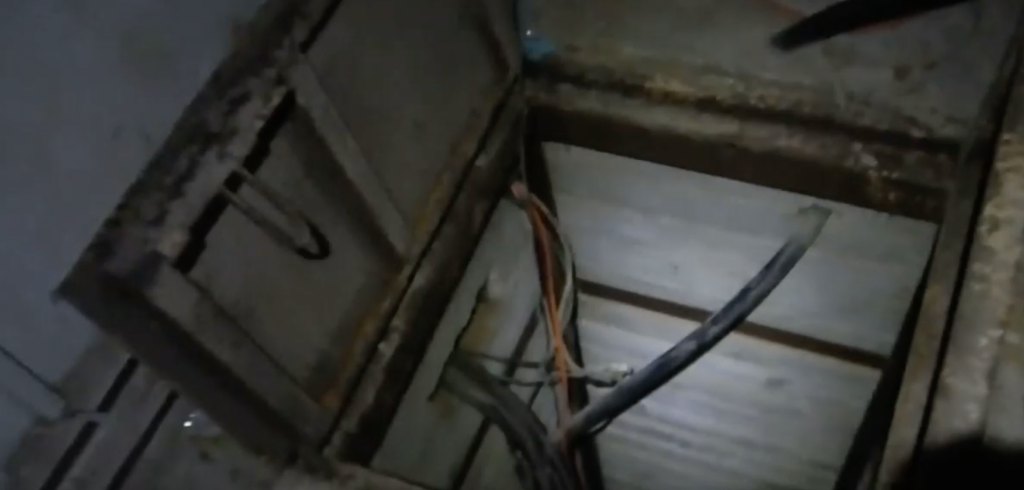
Hezbollah attacks in northern Israel killed an Israeli soldier on December 22 after a December 21 escalation in which Hezbollah carried out an anti-tank missile attack on Avivim in northern Israel. Israel has evacuated around 80,000 people from northern Israeli communities like Avivim since October 7 after Hezbollah attacks followed in the wake of the Hamas attack in Israel.
The soldier killed on December 22 was Sergeant Amit Hod Ziv, 19, who Israel’s Yediot Ahronot reported was “a soldier of the 188th Armored Brigade’s 71st Battalion, from Rosh Haayin.” A second soldier was wounded. Hezbollah launched a number of rockets at Israel on Friday to which Israel responded with artillery fire, according to the IDF. In addition, Israeli warplanes struck Hezbollah sites in Lebanon.
The clashes in the north occurred as Israel continued its operations to consolidate control as well as target and degrade Hamas’ terrorist infrastructure in both northern and southerns Gaza. Israel launched the operations in southern Gaza after the ceasefire with Hamas fell apart and fighting resumed on December 1. Since then, Israeli forces have been operating in Khan Yunis in southern Gaza. In northern Gaza, Israel has been concentrating on destroying Hamas battalions in Jabalya and Shujaiya, two neighborhoods adjacent to Gaza City. The IDF said that this included close-quarters combat. “Hamas terrorists were eliminated, along with many buildings used for terrorist activities and weapons that were destroyed.”
In another area in northern Gaza, a multi-level underground structure was found: “Its floors were used for storage, hideouts, command and control, and movement of operatives between different areas. After investigating with various technological means and in collaboration with the combat engineering forces of the 99th Division, the soldiers destroyed the underground tunnel route,” the IDF said. This is just one of the more than 1,500 tunnel shafts within the larger tunnel network that has been found in the since the war began.
The IDF’s Oketz unit utilized dogs with cameras to uncover part of the tunnel network. According to the IDF report on December 22, the dogs found “a tunnel network hundreds of meters long, including command and communication rooms, hideouts with dozens of meters of space, concrete bunkers, and water and electricity installations. So far in the war, the unit’s soldiers and dogs have scanned dozens of tunnels, locating findings that allow the forces to enter the tunnels.”
In another part of Gaza, the IDF’s Nahal brigade also operated and eliminated terrorists. “During their operations, the 931st Battalion of the Nahal Brigade encountered terrorists who had positioned themselves inside a civilian residence,” the IDF said. In Beit Hanoun, which is also in northern Gaza, Israeli soldiers operated in the Kasbah, or central market, eliminating more terrorists. “The forces located several tunnel shafts in the homes of Hamas operatives, the largest of which was in a school. From these tunnels terrorists attacked the forces the day before the brigade’s operation,” the IDF said.
Further south, the IDF operated in the neighborhood of Juhor ad-Dik where they uncovered a weapon storage facility and rocket launchers. In Shati, a neighborhood where the IDF battled Hamas in November, the IDF said it found a compound where Hamas terrorists had operated at a school. “The troops located large quantities of weapons, ammunition, and maps belonging to Hamas,” the IDF added.
In southern Gaza, Israel continued to fight and uncover Hamas terrorist infrastructure. As part of the operations, the IDF said they found a “report addressed to the Commander of the Hamas’ Khan Yunis Brigade” which detailed investments made by Hamas in concrete and doors apparently used for tunnels. The report showed Hamas had invested more than $1 million in just one installment during 2022. Beyond this, the statement did not provide additional insight or clarity into Hamas’ broader investment in terrorist infrastructure.
In general, the operations in northern and southern Gaza illustrated the difficulty of uprooting Hamas’ infrastructure, from dismantling tunnels to uncovering details of how Hamas created all of this infrastructure. It also illustrates how Israel has to act in areas it already controls in order to uncover the extent of Hamas’ investment in tunnels and other systems inside Gaza.







